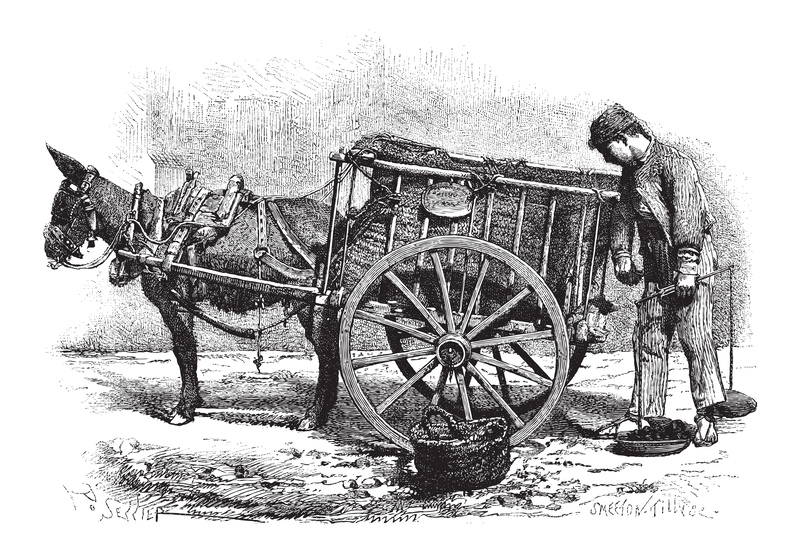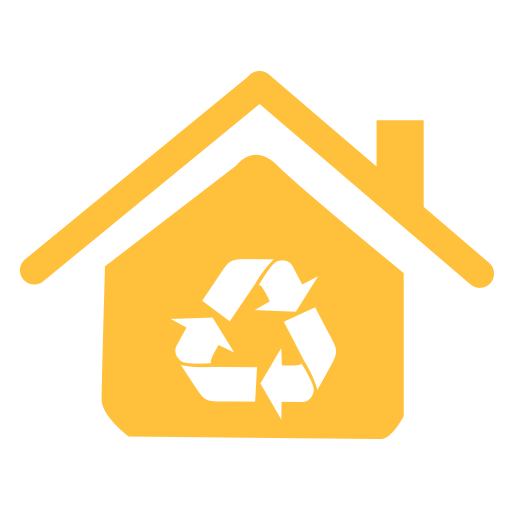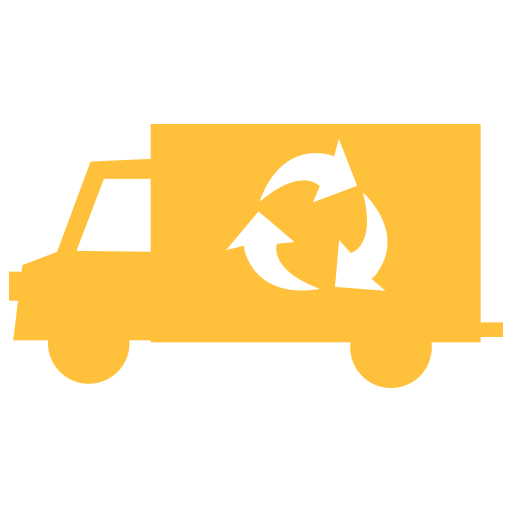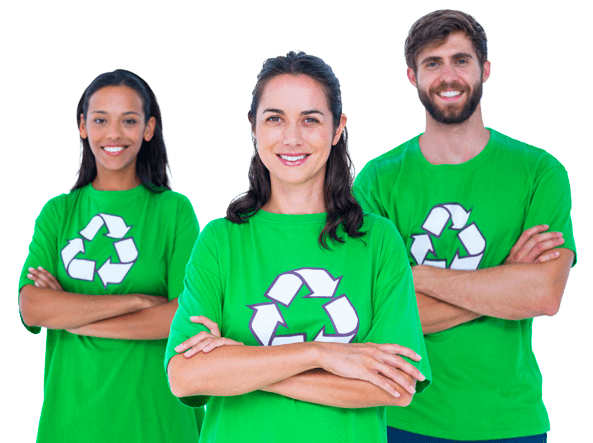The Essentials of Hazardous Waste: Recognizing Dangerous Substances
Posted on 27/08/2025
The Essentials of Hazardous Waste: Recognizing Dangerous Substances
Hazardous waste is a critical issue that affects human health, environmental safety, and regulatory compliance worldwide. The ability to recognize dangerous substances is a vital skill for workplace safety, environmental stewardship, and legal adherence. In this comprehensive article, we will delve into the essentials of hazardous waste, explore the methods for recognizing dangerous materials, and provide guidance on best practices for dealing with hazardous substances.

What is Hazardous Waste?
Hazardous waste refers to any material that is potentially harmful to human health or the environment when improperly handled, stored, or disposed of. Dangerous substances qualify as hazardous waste if they exhibit one or more hazardous characteristics, such as toxicity, reactivity, corrosivity, or flammability. These wastes are often byproducts of industrial processes, medical operations, or even household activities.
Key Definitions
- Toxicity: The ability to cause harm to living organisms through ingestion, inhalation, or skin absorption.
- Reactivity: The tendency of a substance to undergo violent chemical changes, potentially resulting in explosions or the release of toxic gases.
- Corrosivity: The capability to corrode metals or destroy living tissue on contact.
- Flammability: The ability to ignite easily and burn rapidly.
Classification of Hazardous Substances
Recognizing dangerous substances begins with understanding their classification. Waste is deemed hazardous based on its properties, production method, and potential environmental impact.
Common Categories of Hazardous Waste
- Industrial Waste: Produced from manufacturing, mining, agriculture, and chemical production. Often contains solvents, heavy metals, and toxic chemicals.
- Household Waste: Includes batteries, cleaners, paints, pesticides, and electrical items.
- Medical Waste: Generated from medical facilities and includes infectious materials, sharps, and pharmaceuticals.
- Electronic Waste (E-Waste): Items like computers, phones, and TVs containing lead, mercury, and cadmium.
Recognizing Dangerous Substances: Essential Techniques
Effectively recognizing hazardous substances involves a combination of laboratory analysis, visual inspection, and knowledge of chemical properties. Here are some essential techniques utilized globally:
1. Labeling and Documentation
- Safety Data Sheets (SDS): Every chemical product should have an SDS detailing its hazards, safe handling, and emergency procedures.
- Container Labels: All containers storing hazardous waste must be clearly labeled with content, hazard symbols, and date of accumulation.
2. Visual Examination
- Color and Odor: Unusual colors, strong fumes, or pungent smells often indicate dangerous substances. E.g., yellow or green tints can suggest chemical hazard.
- Condition: Corroded, leaking, or swollen containers signal a potential risk and require immediate attention.
3. Chemical Testing
- pH Testing: Extreme pH levels (very acidic or basic) reveal corrosive risk.
- Reactivity Tests: Some tests detect explosive or reactive chemicals that can't be identified visually.
4. Regulatory Classification
Regulatory bodies like the Environmental Protection Agency (EPA) define hazardous waste lists and standards. Analyzing waste according to these regulations ensures proper recognition and management.
Major Categories of Hazardous Materials
Different hazardous substances fall into specific categories, often identified by international standards such as the United Nations' Globally Harmonized System (GHS) or the U.S. Department of Transportation's (DOT) classification.
- Ignitable wastes
- Corrosive wastes
- Reactive wastes
- Toxic wastes
Examples of Common Dangerous Substances
- Pesticides and Herbicides: Highly toxic to humans and wildlife, persistent in the environment.
- Heavy Metals: Lead, mercury, and cadmium found in batteries, electronics, and paints.
- Solvents: Used in industry and cleaning; examples include benzene, toluene, and acetone.
- Acids and Bases: Sulfuric acid (batteries), hydrochloric acid (cleaners), sodium hydroxide (drain cleaners).
Health and Environmental Risks of Hazardous Waste
Failure to properly identify and manage hazardous substances presents significant risks:
- Soil and Water Contamination: Hazardous chemicals leach into groundwater and soil, affecting crops and drinking water supplies.
- Air Pollution: Improper disposal, such as burning hazardous waste, releases toxic gases harmful to human and animal health.
- Occupational Risks: Workers exposed to unidentified dangerous substances face acute and chronic health issues, including burns, poisoning, cancer, and respiratory illnesses.
Case Study: Mercury in E-Waste
Mercury, commonly found in thermostats and fluorescent lamps, is highly toxic. If e-waste is not correctly identified and processed, mercury can contaminate local ecosystems, bioaccumulate in fish, and cause severe neurological disorders in humans.
Legal and Regulatory Frameworks
Proper recognition of hazardous waste is not just an ethical obligation--it's a legal one. Regulatory agencies across nations enforce stringent waste management laws to protect public health and the environment.
Key Regulations to Know
- Resource Conservation and Recovery Act (RCRA): Defines the U.S. standards for identifying and handling hazardous waste.
- Comprehensive Environmental Response, Compensation, and Liability Act (CERCLA): Also known as Superfund, addressing contaminated sites.
- Globally Harmonized System (GHS): International standard for classifying and labeling dangerous substances.
- EC Waste Framework Directive: Sets protocols for the identification and management of dangerous waste in the EU.
Best Practices for Identifying and Handling Hazardous Waste
Successfully recognizing and managing dangerous substances requires a systematic approach. Below are essential steps in effective hazardous waste management:
1. Conduct Regular Waste Audits
- Analyze waste streams to identify hazardous components frequently generated by operations.
- Keep updated inventories of all chemicals and products on-site, cross-checking against regulatory hazardous lists.
2. Implement Robust Training Programs
- Educate staff on warning signs, label interpretation, and emergency response for hazardous substances.
- Promote a culture of safety and vigilance when handling all unfamiliar materials.
3. Use the Hierarchy of Hazard Control
- Elimination: Remove hazardous substances where possible.
- Substitution: Replace dangerous materials with safer alternatives.
- Engineering Controls: Install ventilation, containment, and automated systems.
- Administrative Controls: Establish protocols such as limited exposure time and hazard communication plans.
- PPE (Personal Protective Equipment): Provide gloves, goggles, respirators, and clothing suited to the waste type.
4. Store and Label Hazardous Waste Properly
- Always use appropriate containers and secondary containment systems.
- Label all hazardous waste containers accurately with chemical names, hazard class, and accumulation dates.
5. Emergency Preparedness
- Maintain spill kits and neutralization agents in waste storage areas.
- Train employees on emergency shutdown, evacuation routines, and first aid specific to hazardous exposure.

Innovative Technologies in Hazardous Waste Recognition
Advancements in technology are transforming the field of hazardous waste identification. Modern methods offer faster, safer, and more reliable means of detecting and classifying dangerous substances.
Cutting-Edge Recognition Methods
- Portable X-ray Fluorescence (XRF) Analyzers: Instantly detect heavy metals and contaminants in solids and liquids.
- Infrared Spectroscopy: Identifies organic compounds without destroying samples.
- Real-time Online Sensors: Monitor waste streams continuously for hazardous indicators.
- Artificial Intelligence: Algorithms sort and categorize waste based on chemical signatures and visual data.
Conclusion: Why Recognition of Hazardous Waste Matters
Recognizing dangerous substances is foundational to protecting health, upholding environmental integrity, and remaining legally compliant. Failing to accurately identify hazardous waste can result in disastrous consequences for businesses, communities, and ecological systems.
The essentials of hazardous waste management are grounded in thorough classification, keen observation, adherence to regulations, and ongoing training. In our rapidly industrializing world, the ability to recognize, manage, and safely dispose of hazardous substances is more crucial than ever.
By embracing best practices, leveraging technological advancements, and fostering a safety-driven workplace culture, we contribute to a cleaner, safer, and more sustainable future for all.
Key Takeaways
- The recognition of hazardous waste is vital for human health, environmental protection, and regulatory compliance.
- Effective hazardous waste management hinges on knowledge, regular audits, lab testing, proper labeling, and staff training.
- Legal frameworks like RCRA, GHS, and local regulations guide the safe handling of dangerous substances.
- Modern technology is enhancing our ability to identify and manage hazardous materials more efficiently and securely.
For organizations and individuals, a proactive approach to hazardous waste recognition is not just an obligation, but a responsibility to present and future generations.

 020 3875 4121
020 3875 4121 020 3875 4121
020 3875 4121




 House clearance
House clearance Rubbish collection
Rubbish collection When it comes to your house clearance London you won’t find a better firm in town than London Rubbish Removal! We have a range of ways to...
When it comes to your house clearance London you won’t find a better firm in town than London Rubbish Removal! We have a range of ways to... London Rubbish Removal is just waiting to help you...
London Rubbish Removal is just waiting to help you...





